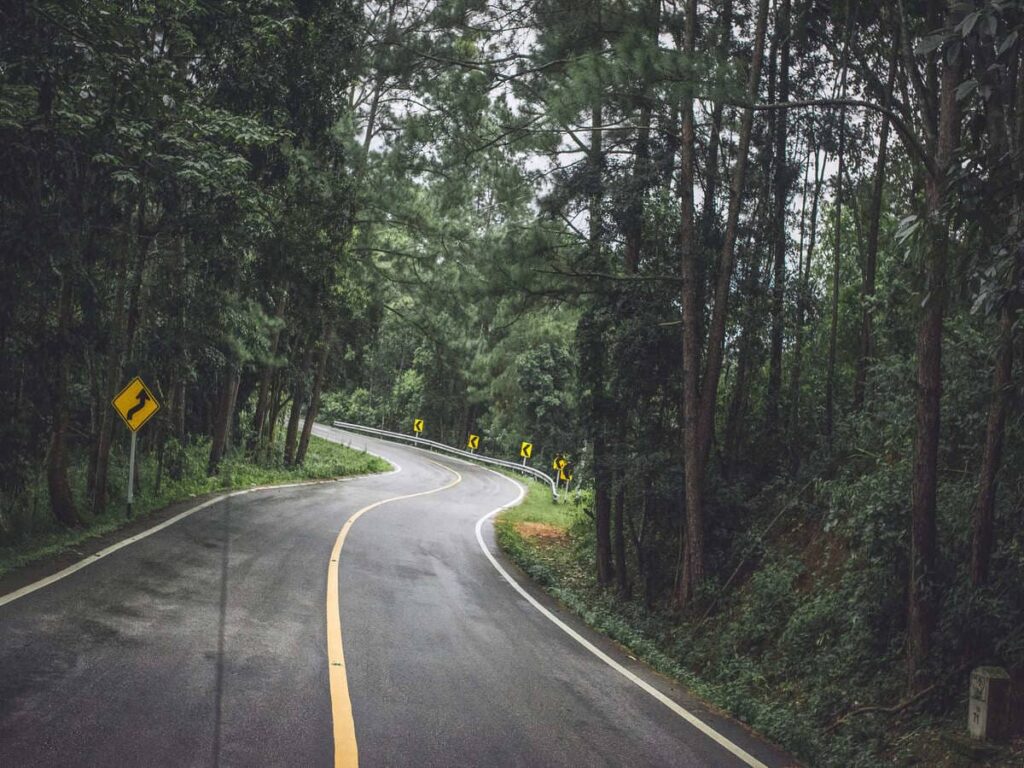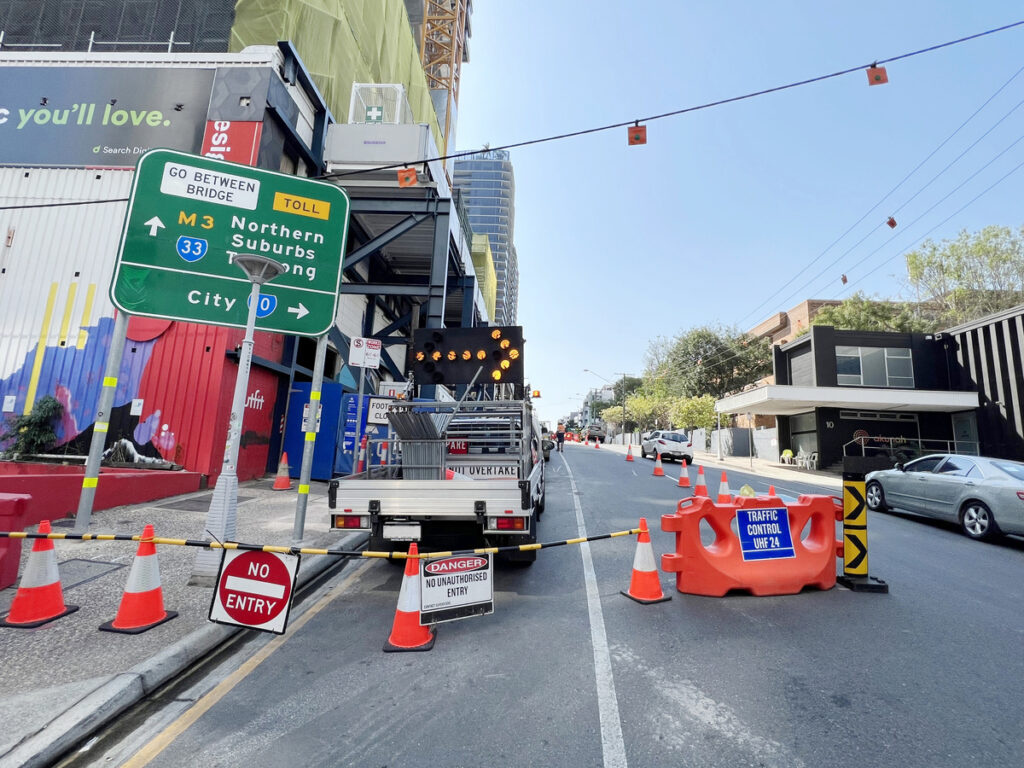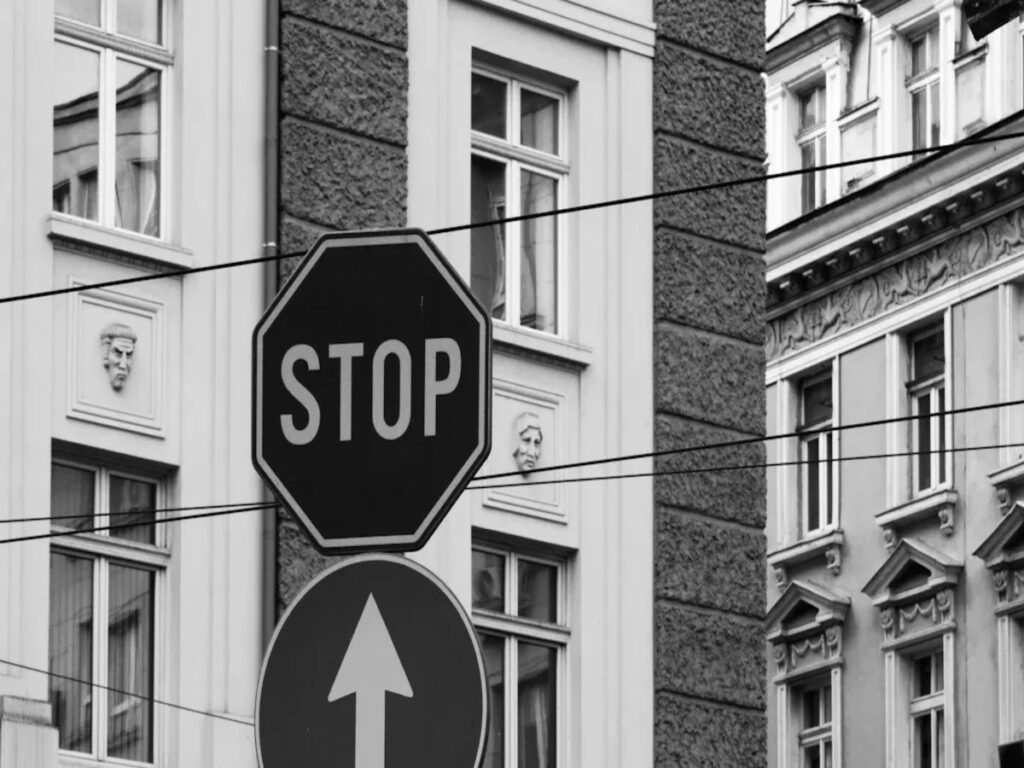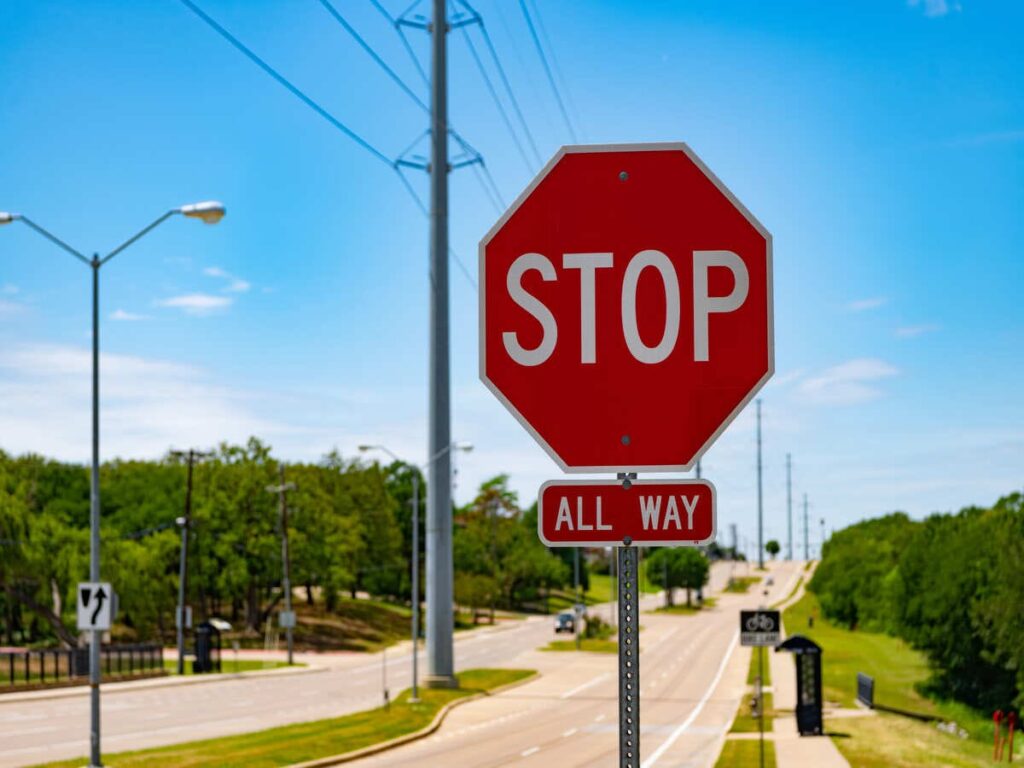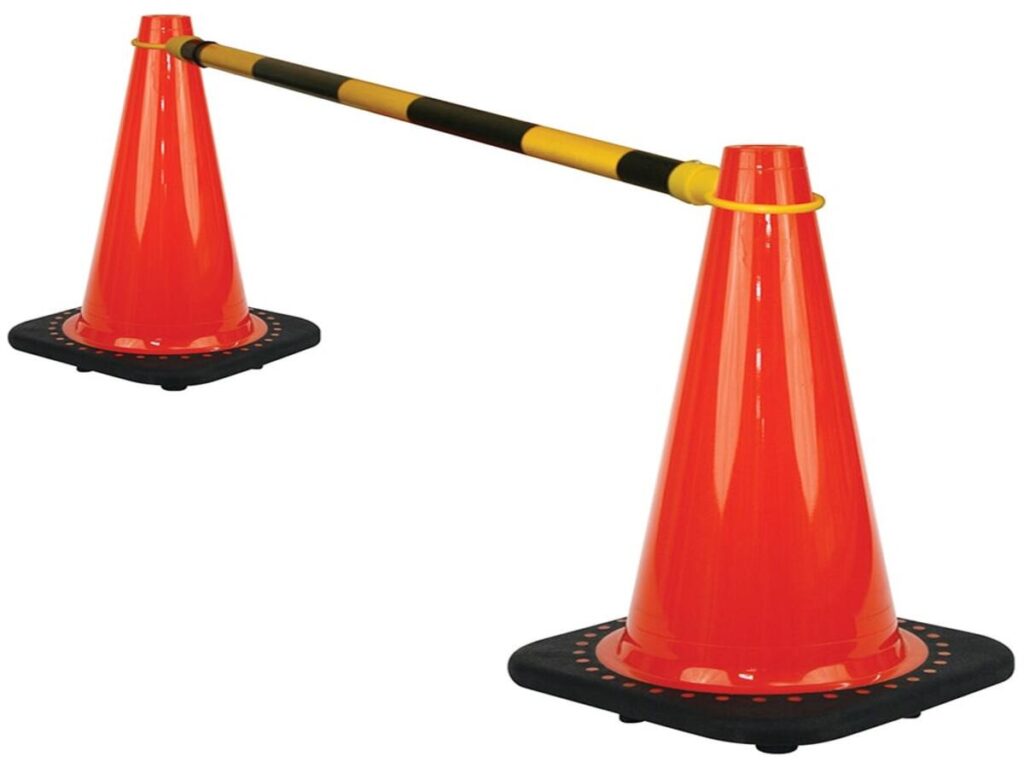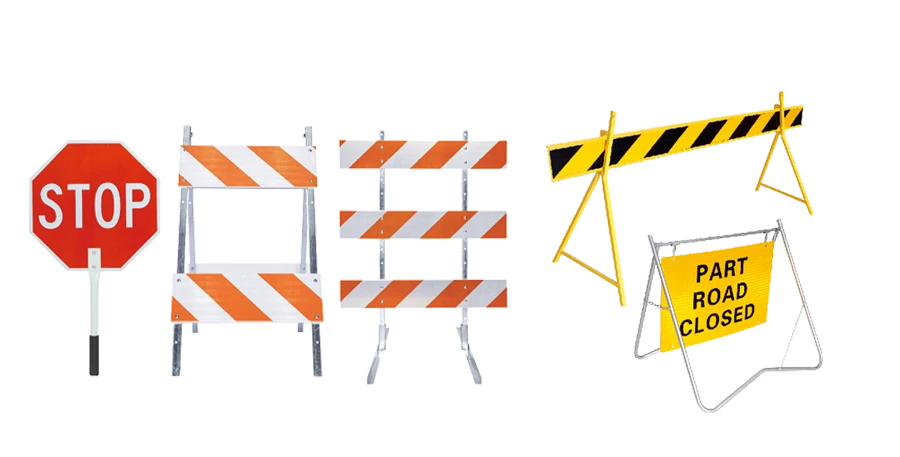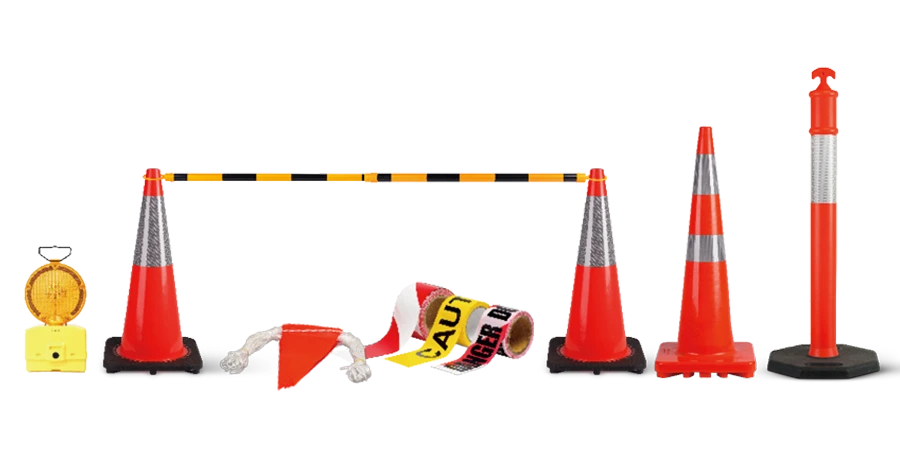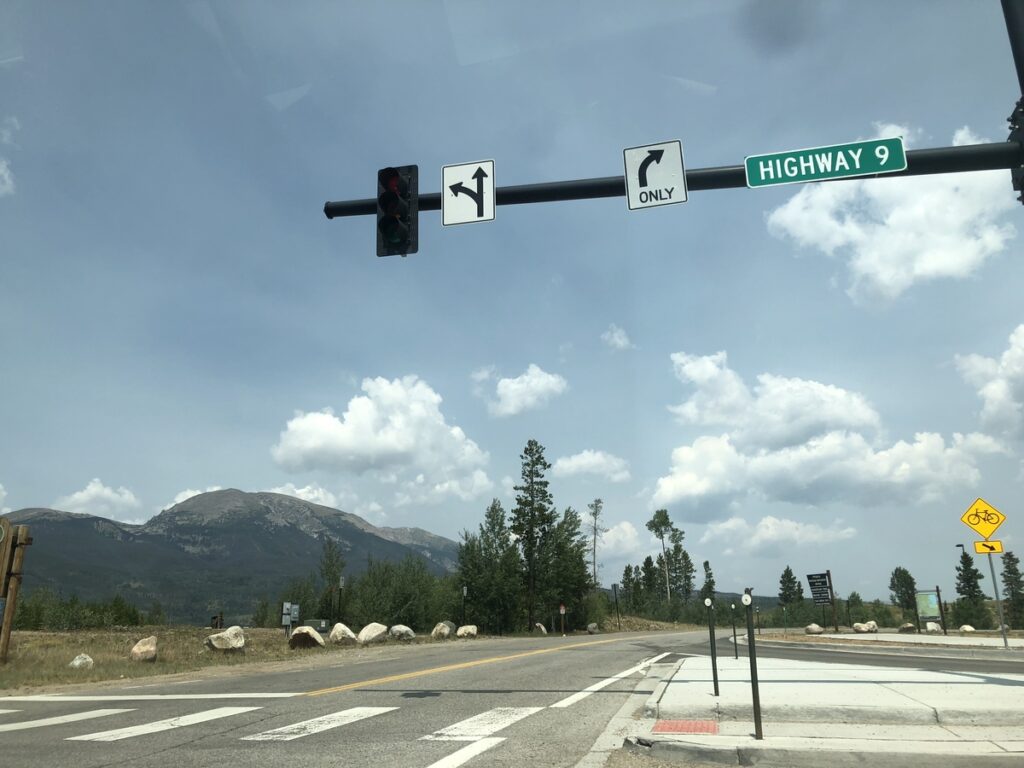
US traffic signs are not like signs in other countries. There are many reasons for this. The laws and culture in the US affect how signs look and what they say. The Manual on Uniform Traffic Control Devices sets rules for signs. States can still make their own changes. Signs that are easy to see help keep people safe. This is very important at night. The Federal Highway Administration says half of deaths happen then. US traffic signs use more English words. They also use yellow diamond shapes. This makes them easy to tell apart.
At OPTRAFFIC, we offer a wide range of high-quality traffic signs for sale designed to meet US standards. Our road signs are built for visibility, durability, and compliance, helping to improve safety on roads. Explore our collection today to ensure your signage meets the highest standards of clarity and effectiveness.
Key Takeaways
- US traffic signs have special shapes, colors, and words. These help drivers stay safe. They also make signs easy to read and understand.
- The Manual on Uniform Traffic Control Devices (MUTCD) makes rules for the whole country. States can change signs for local needs. But they must keep signs looking the same everywhere.
- US signs use more English words and miles. They do not use many symbols or metric units. This shows American culture and what drivers expect.
- Digital and sustainable traffic signs use LED lights and sensors. These signs make roads safer. They save energy. They give drivers updates right away.
- Traffic signs look the same all over the US. This helps drivers not get confused. It lowers accidents. It helps drivers react fast and stay safe.
US Traffic Signs: History
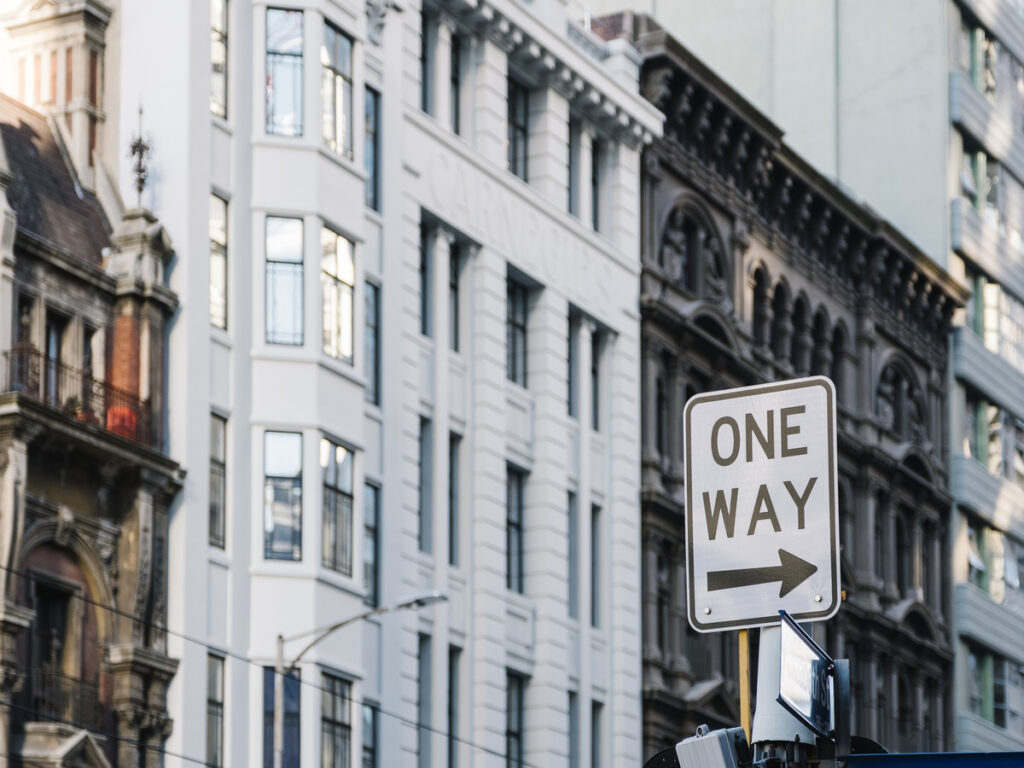
Early Development
In the late 1800s and early 1900s, the first road signs showed up in the US. Automobile clubs, like the American Automobile Association, put up signs around 1899. These first signs did not look like the ones we see now. Many signs were made of wood or had colored bands on utility poles. Some signs stood on iron posts. The first stop sign in the US was put up in Detroit in 1915. It was just a metal sheet with black letters on white. These signs did not shine at night, so they were hard to see.
Early US traffic signs mostly used words. They did not have symbols or pictures like European signs. Each city or region made its own signs, so there was not much sameness. Drivers saw different shapes, colors, and words as they traveled. This made driving confusing and sometimes unsafe.
More people started buying cars, and this changed things. People needed better roads and clearer signs. The Good Roads Movement wanted better highways. The Model T made cars cheaper for families. By 1929, there were over 23 million cars in the US. People started taking long trips, so signs needed to work everywhere. Early traffic control tools were simple warning signs, traffic lights, and pavement markings. These helped drivers and made roads safer.
Standardization Efforts
As more cars appeared, rules for signs became more important. In the early 1900s, the American Automobile Association put up thousands of signs on big roads. This showed that having the same signs was important for safety and finding your way.
Before World War I, states used different warning signs, especially at railroad crossings. There was no one design, so people got confused. In 1923, the Mississippi Valley Association of State Highway Departments picked certain shapes and colors for signs. This was one of the first steps to making signs the same.
- In 1929, the American Engineering Council checked how big cities used signs. They made a guide to help with future sign designs.
- In 1931, two big groups made a Joint Committee on Uniform Traffic Control Devices. This group made the first national manual in 1935. The manual later got the name Manual on Uniform Traffic Control Devices, or MUTCD.
- The MUTCD gave clear rules for how signs should look and where to put them. It helped make US traffic signs the same all over the country. Drivers could spot signs more easily, which made things safer.
- By the 1960s, more people were dying in crashes, so new laws and agencies were made. The US Department of Transportation and the Federal Highway Administration took care of road safety. These groups made sure all states used the same rules.
The Federal Highway Administration still updates the MUTCD and the Standard Highway Signs book. These books give step-by-step rules for every sign. Because of these efforts, US traffic signs now look alike in every state. This helps drivers stay safe and makes roads less confusing.
MUTCD and State Differences
What is MUTCD
The Manual on Uniform Traffic Control Devices, or MUTCD, sets the standards for road signs in the US. The Federal Highway Administration issues this document to guide the design, placement, and use of traffic signs, signals, and markings. Every public road must follow these rules. The main goal of the MUTCD is to make traffic signs clear and safe for everyone. It explains what each sign should look like and where it should go. The MUTCD also helps drivers understand signs no matter where they travel in the country. The National Committee on Uniform Traffic Control Devices gives advice to update the manual. Updates happen every few years to keep up with new technology and safety needs. For example, the 2021 Bipartisan Infrastructure Law now requires updates every four years. Recent changes focus on pedestrian safety, flexible designs, and new ways to set speed limits.
The MUTCD acts as a living document. It changes as communities need new safety improvements or better designs for road signs. For a deeper understanding of how road sign standards vary across different regions, check out our blog, Understanding Road Safety Sign Standards: MUTCD (USA), AS 1742 (Australia), and Vienna Convention (Europe).
State Variations
States must follow the MUTCD, but they can make small changes to fit local needs. Each state has its own laws that affect how signs look and where they are placed. Local road authorities check that signs meet national standards for road signs but may adjust things like sign height or distance from the road. For example, some states set different rules for how far signs stand from the pavement or shoulder. Others may change the size of signs for better visibility in cities or rural areas. Signs must not block other important signs and should line up with the driver’s view. States also decide how often to maintain or replace signs based on local weather and traffic. These small changes help states address their own road conditions while still keeping signs clear and safe for all drivers.
- Signs must use strong supports that meet national standards for road signs.
- Placement rules say signs should appear at the start and end of road segments, near towns, and at big intersections.
- Minimum height and distance rules exist, but states may set their own limits.
This balance between national rules and local needs makes US traffic signs unique. Drivers see familiar signs across the country, but each state can adapt them for its roads.
US Signage vs. International Standards
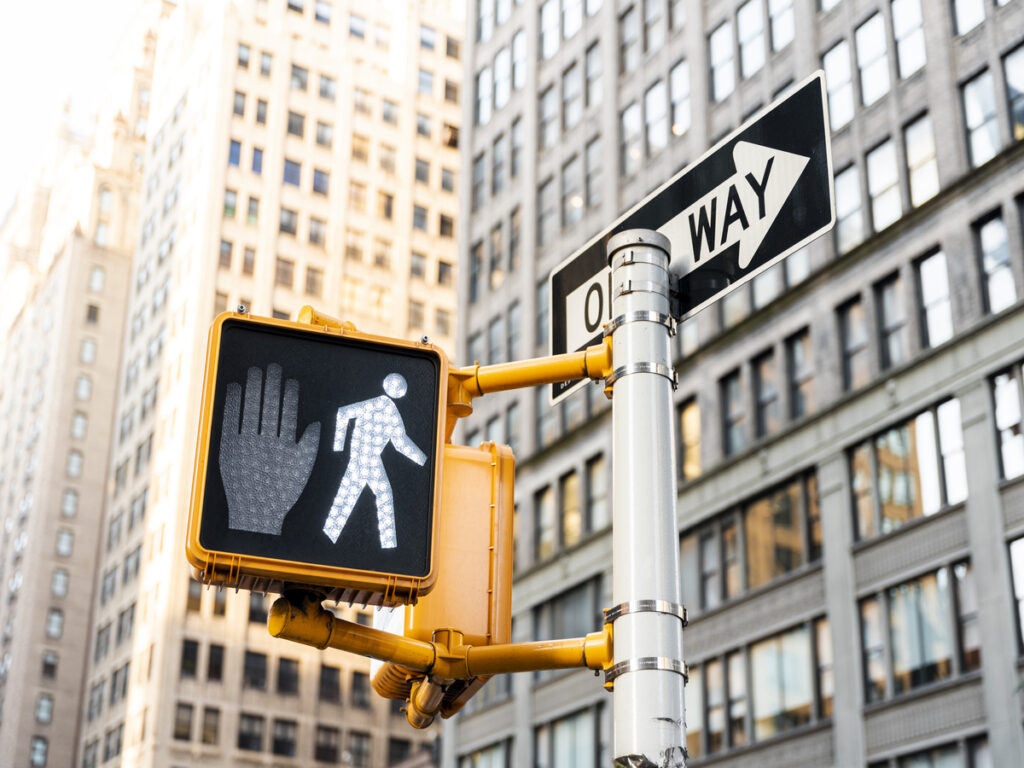
Vienna Convention
The Vienna Convention on Road Signs and Signals sets rules for many countries. This agreement helps countries use signs that look alike. Drivers can understand these signs anywhere they go. Most countries in Europe and Asia follow these rules. They use road signs with symbols to help people who speak different languages. Warning signs in these places are white triangles with red borders. Regulatory signs are circles. These shapes and colors help people see and understand signs fast.
US signs look different from signs in other countries. The US uses yellow diamond-shaped signs for warnings. Directional signs are green in the US, but blue in many European countries. The US follows the Manual on Uniform Traffic Control Devices. This book keeps some ideas from the Vienna Convention but adds US features. For example, US stop signs have the word “STOP” in white on a red octagon. European stop signs often only use the shape and color, not words. These choices show local traditions and what drivers expect.
The Vienna Convention tries to make road signs clear for everyone. The US keeps its own style to match its history and culture.
| Feature | US Signage | Vienna Convention Countries |
|---|---|---|
| Warning Sign Shape | Yellow Diamond | White Triangle, Red Border |
| Stop Sign | Red Octagon, Text | Red Octagon, No Text |
| Directional Sign Color | Green | Blue |
| Symbol Use | Text + Symbol | Symbol Only |
Symbols vs. Text
Countries in Europe and Asia use symbols on road signs. This helps drivers from many places understand the rules. Symbols make signs easy to read, even if you do not know the language. Research shows symbol signs help people learn rules faster and make fewer mistakes. Signs with shapes and pictures work well for drivers from different places.
The US uses more words on its signs. This comes from a culture that likes to explain things clearly. Many US signs say “YIELD,” “SCHOOL ZONE,” or “SPEED LIMIT.” The US does not use the metric system. Signs show miles and feet, not kilometers and meters. Other countries use metric units and symbols to keep signs simple.
The US tried using only symbols, but it did not work well. Drivers found these signs confusing. The US decided to keep words on signs to help everyone understand. This makes US signs different from signs in other countries. The US uses both symbols and words to fit its needs.
Many countries use more symbols to help all drivers. The US keeps using both words and symbols to match its own style.
- US signs use English words to give clear instructions.
- European and Asian signs use pictures to help people who speak different languages.
- The US uses miles and feet, but other countries use metric units.
Traffic Signs: Design Elements
Shapes and Colors
Shapes and colors are very important for US road signs. Each shape and color tells drivers something special. The table below shows how shapes and colors mean different things and are used for certain signs:
| Shape | Color(s) | Purpose / Meaning | Rationale / Explanation |
|---|---|---|---|
| Octagon | Red background, white text | Stop sign | Unique shape and color for immediate recognition and command to stop, enhancing intersection safety. |
| Circle | Yellow or black/white | Railroad crossing warning | Circular shape alerts drivers to upcoming railroad tracks, promoting caution. |
| Equilateral Triangle | Red and white | Yield sign | Downward-pointing triangle signals drivers to slow or stop and yield right of way, preventing collisions. |
| Diamond | Yellow or orange | Warning signs | Alerts drivers to hazards or special conditions ahead, allowing time to react. |
| Pentagon | Fluorescent yellow | School zones and crossings | Distinct shape and bright color warn drivers to slow down and watch for children. |
| Vertical Rectangle | White background, black text | Regulatory signs (e.g., speed limits, parking) | Provides clear rules and restrictions to maintain orderly traffic flow. |
| Horizontal Rectangle | Various (often green or blue) | Guide signs (directions, route markers) | Helps navigation by providing route and destination information. |
| Pennant | Yellow | No passing zone | Unique shape on left side of two-way roads to quickly communicate no-passing rules. |
| Crossbuck | White with black text | Railroad crossing | Marks the actual railroad crossing, emphasizing caution. |
| Shield | Red, white, and blue | Interstate highway signs | Distinctive shape and colors identify major national routes for long-distance travel. |
| Fluorescent Pink | Pink | Emergency traffic incidents | New color to alert drivers to unplanned events like accidents or natural disasters. |
These choices help drivers know what a sign means fast. For example, a red octagon always means stop. Diamond shapes warn about dangers ahead. Using the same shapes and colors helps drivers react quickly. This is helpful in bad weather or at night. Studies show good warning signs can lower crashes by up to 20%. Seeing a stop or warning sign quickly can stop accidents and keep people safe.
Symbol and Text Use
US road signs use both symbols and words to give information. Symbols help people who do not read English. Words give clear directions, like “stop” or “school zone.” Studies show that just symbols are often easier for drivers to understand, especially for warnings. But some people get confused if they do not know the symbol.
- Signs with only symbols are usually easier to understand than signs with both.
- Too much information on one sign can make it hard to read.
- Knowing a symbol well makes it easier to understand.
- Bad or rare symbols can make signs harder to get.
- Older people may have more trouble with hard signs.
Making symbols the same everywhere helps all drivers. The US still uses both symbols and words so everyone can understand. This helps keep all kinds of people safe. Signs with clear shapes, colors, and symbols help drivers make quick choices and follow the rules, especially when stopping or yielding.
Future of US Traffic Signs
Digital Signs
Digital traffic signs are changing how drivers get updates. Cities and states use LED and LCD screens for messages that change fast. These signs link to control centers, so workers can update them during emergencies or traffic jams. LED signs use less power and last longer than old lights. They also shine brighter, so drivers see them better at night or in storms.
Many digital signs have sensors and cameras to watch traffic and find problems. Motion sensors turn signs on only when needed, which saves power. Some signs flash to warn about speed limits or people crossing. Smart traffic lights use cameras and sensors to spot cars, bikes, and walkers. Then they change signals to keep traffic moving. Vehicle-to-Everything (V2X) technology lets cars and signs share data to help stop crashes.
Studies show LED signs help drivers slow down and follow rules. Real-time analytics and AI can spot risks and help planners make roads safer. The U.S. is ahead in using these smart signs, and many cities are testing new systems.
Key features of digital signs:
- Remote updates for emergencies
- Energy-saving LED screens
- Sensors for smart control
- Custom messages
- Less upkeep needed
Sustainability
Sustainability is a big goal for new traffic signs in the U.S. Makers use recycled aluminum and plastics for signs. Recycling aluminum uses much less energy than making new metal. Signs often use plant-based resins and natural colors, which lower pollution. Solar-powered signs work without grid power and need little care.
LED technology makes signs use less energy and last longer. Signs are made to come apart easily and be used again, which cuts waste. Factories use energy-saving machines and careful planning to use less material. Many suppliers have green certificates to show they use eco-friendly methods.
The U.S. works hard to use green sign materials and save energy in traffic signs. These steps help protect nature and save money over time.
Sustainable practices include:
- Using recycled and renewable materials
- Solar-powered and LED lighting
- Eco-friendly coatings
- Less waste and more reuse
- Certified green suppliers
Consistency and Safety
Public Safety
Having the same traffic signs everywhere helps keep roads safe. When drivers see the same shapes and colors, they know what to do. This helps them react quickly and not get confused. Clear signs are important at busy places and where roads are being fixed. Many crashes happen when people miss or ignore signs. For example, if someone runs a stop sign or red light, it can cause a bad crash. In 2022, 891 people died in work zones because drivers did not follow warning signs. Wrong-way driving happens when signs are missing or hard to see. This can lead to deadly crashes. Rear-end crashes can happen if a stop sign is not there or is hard to see. Drivers may not stop in time.
| Accident Type | Description | Contributing Factors |
|---|---|---|
| Rear-End Collisions | These happen when stop signs are missing at intersections. Drivers do not stop in time. | Stop signs are missing or broken; drivers do not stop; tailgating; driving too close or too fast. |
| Wrong-Way Driving Incidents | These happen when drivers go the wrong way because signs are missing or wrong. | One-way or ‘Do Not Enter’ signs are missing or wrong; driver mistakes; drunk driving; not knowing the area. |
| Multi-Car Pileups | These happen when there are no warning signs for things like road work or lane closures. | Construction zone signs are missing or faded; drivers ignore signs; not paying attention or speeding. |
Public safety ads help people learn what traffic signs mean. Changeable Message Signs and other reminders tell drivers to stop at red lights, slow down in work zones, and look for new signs. These reminders work best when they are clear and part of a bigger safety plan.
State vs. Federal Standards
Federal law says every state must follow the Manual on Uniform Traffic Control Devices within two years after it changes. States can add their own rules for things like weather or traffic, but they must keep the main rules. The Federal Highway Administration checks state changes to make sure they fit the national rules. If a state does not follow the rules, it could lose money from the government and face more legal problems.
- States can add extra rules to the MUTCD for local needs.
- The FHWA looks at these changes to keep road signs the same.
- States must meet or go above federal rules for size, brightness, and how easy signs are to see.
- State Departments of Transportation check and approve the signs.
- Companies that make signs must follow both federal and state rules.
This system lets states fix signs for their own roads but keeps signs the same everywhere. Drivers will see the same stop or warning sign in every state. This helps stop confusion and keeps everyone safer.
US traffic signs are different because of their past, laws, design, and American ways. Making signs the same helps keep roads safe for all people. New technology is changing signs in many ways:
- AI-powered signals help stop crashes and traffic problems.
- Vehicle-to-Infrastructure lets cars and signals talk for safer roads.
- LED and solar signals use less power and cost less money.
- Real-time changes and smart planning help traffic move better.
The newest MUTCD rules add safer crosswalks and flashing lights for people walking. These updates help reach the goal of no deaths on US roads. People should learn local traffic sign rules to stay safe and know what to do.
FAQ
Why do US traffic signs use more words than symbols?
US traffic signs use words because drivers understand instructions better that way. The country has many English speakers. Symbols sometimes confuse people, so words help everyone follow the rules.
Tip: Drivers should read every sign carefully to stay safe.
What does the MUTCD do for traffic signs?
The MUTCD sets rules for how signs look and where they go. It helps states keep signs clear and safe. Every public road must follow these standards.
Can states change the design of traffic signs?
States can make small changes to fit local needs. They may adjust size, placement, or materials. The Federal Highway Administration checks these changes to keep signs consistent.
Why do US signs use miles instead of kilometers?
The US uses the customary system. Road signs show miles and feet because most drivers learn these units. Other countries use kilometers, but US drivers expect miles.
| Unit | US Road Signs | Most Other Countries |
|---|---|---|
| Distance | Miles, Feet | Kilometers, Meters |
How do digital signs improve road safety?
Digital signs show real-time messages. They warn drivers about accidents, weather, or road work. LED screens shine brighter and last longer. Sensors help control traffic and keep roads safer.


